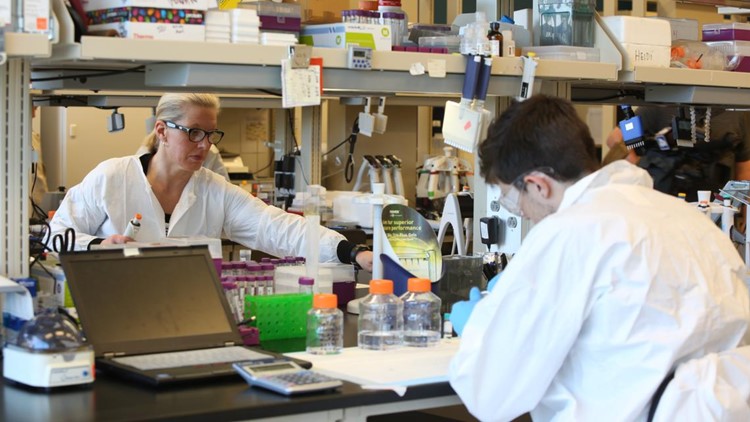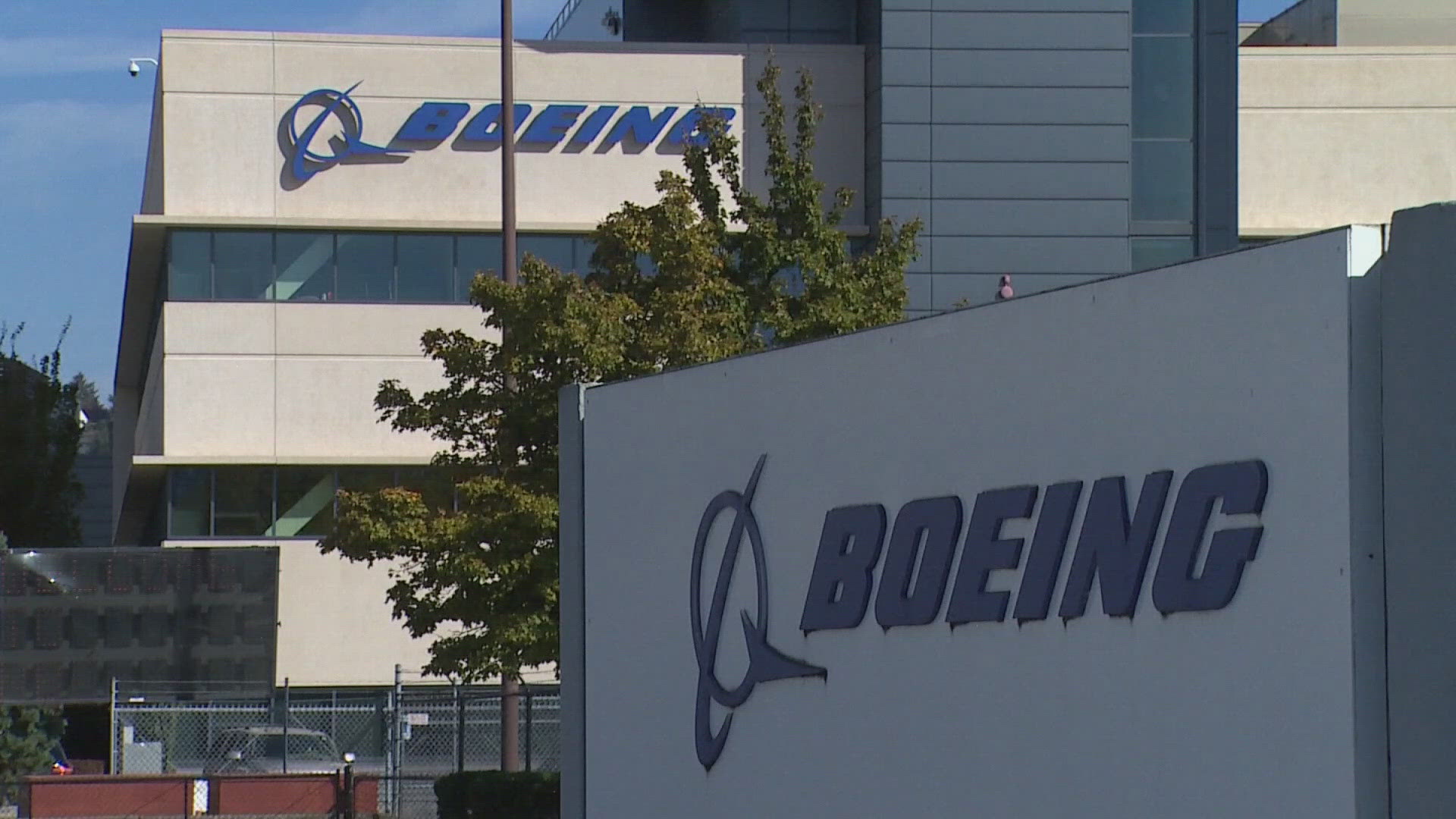ST. LOUIS — A newly published report that analyzes St. Louis’ commercial biosciences workforce shows that about half of the expected job openings over the next decade won’t require a four-year college degree, a finding the group behind the study says offers the chance to make the biosciences industry more diverse and accessible for workers.
The St. Louis Bioscience Labor Market Analysis, published by local innovation hub BioSTL and compiled by researchers at the University of Missouri Extension, aims to provide an overview of the region's workforce in the plant, life and medical sciences. It also examines challenges and opportunities facing the bioscience workforce, with BioSTL Director for Regional Workforce Strategy Justin Raymundo saying the report is designed to be a starting point to pursue new initiatives, such as training programs, and set workforce goals in areas such as diversity.
“We really wanted to make sure we had a labor market analysis that was done to serve as that foundational point of our systems approach to regional workforce strategy in the bioscience sector,” Raymundo said.
BioSTL commissioned the report in partnership with several project sponsors, including the Donald Danforth Plant Science Center, BRDGPark, Cortex Innovation Community, 39 North Innovation District and Saint Louis University's Sinquefield Center for Applied Economic Research.
Overall, St. Louis’ commercial bioscience workforce includes more than 19,000 payroll jobs at 800 companies, according to the report. Local biosciences workers have annual average earnings of $116,000, per the report's data. The region's bioscience jobs are clustered in three areas: 33% are roles in research, testing and medical labs; 30% are in bioscience-related distribution; and the remaining 37% are in manufacturing areas, including drugs and pharmaceuticals, medical devices and equipment and agricultural feedstock and industrial biosciences. The report focused on commercial bioscience industries and does not include employment totals from local hospitals and universities, which include bioscience research operations.
Read the full story on the St. Louis Business Journal website.



